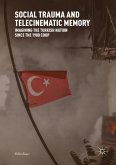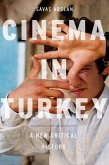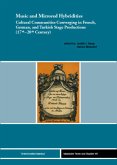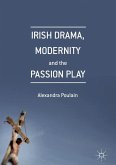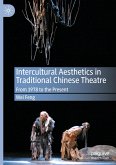Despite arguements of modernisation within the Ottoman-Turkish society in terms of import or imitation of Western models, this study aims to disclose the inner dynamics of a rich and diverse milieu that created its unique hybrid cultural forms through the scenic arts.In the 19th century Armenians pioneered with melodramas necessitating the presence of female impersonators; Armenian women thus went onstage with patriotic motives. Among the two heroes of the Turkish Republic period are Nazim Hikmet, the most prolific butseverely censured Turkish dramatist and Muhsin Ertugrul, who founded the subsidised theatres of Istanbul and Ankara. The last phase of modernism arrived in the sixties with a social awakening towards the conditions of the rural society ... Ankara became the seat of "popular" theater after the founding of Ankara Art Theatre, 1961. Mehmet Ulusoy's work in France in the 1970-1980's crowned the final synthesis.



